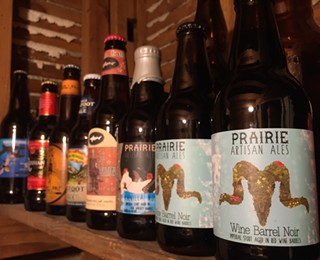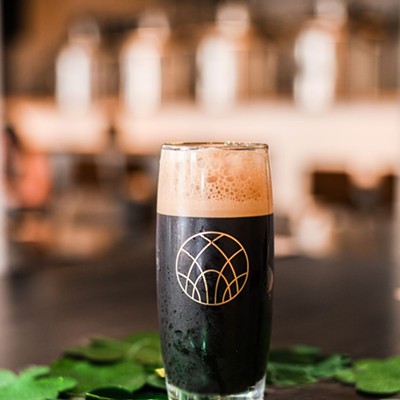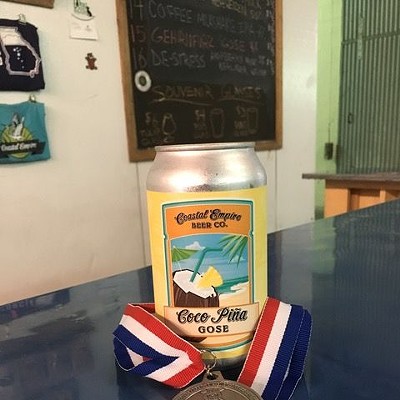MANY BEERS are defined by their freshness. The India Pale Ale (IPA) style is a perfect example.
Fans of Alchemist’s Heady Topper, Three Floyds’ Zombie Dust and Cigar City’s Jai Alai, to name a few, go to great lengths to get the most recent date possible stamped on their cans and bottles. This is because the more recently it was placed in containers, the more potent the aroma and flavor of the hops.
Other beer styles are not as hop-centric and rely on their malt profiles, alcohol levels, additives or aging processes to give the drink its distinctive qualities. For some of those beers, the flavors will continue to evolve and develop with time in the bottle.
Over a period of months or years, some notes will subside and others will come to the fore for a completely different tasting experience. Some beer drinkers enjoy experimenting with these brews, cellaring them to let them age rather than drinking them fresh.
The concept of cellaring beer can be controversial. Some brewers put notes on their bottles encouraging the beers to be imbibed immediately, like Westbrook does with its popular Mexican Cake.
Others encourage the aging process, even creating beers to be consumed and compared over a period of time with side-by-side tastings like Stone’s Vertical Epic series.
Stone has jumped even further into the education on freshness and cellaring with their Enjoy By series, fresh IPAs that shelf-date themselves right in the name of the beer. Those beers are now matched with an Enjoy After line of bottles with higher alcohol content that are brewed to not only withstand the aging process but benefit from it as well.
It’s important to realize that not all brews will benefit from additional time in the bottle. Some will actually be worse for the experience, especially if the cellaring or original bottling conditions were sub-par. Other causes for poor aging experiments include aging for too long or aging inappropriate styles.
While there are no hard and fast rules over what styles can be cellared, some of the most popular beers to cellar are higher-alcohol stouts, barleywines, sour ales and high gravity Belgian beers. In contrast, lighter styles like lagers and pale ales shouldn’t be kept for months, much less years. Low alcohol beers like milk stouts, brown ales and porters should also be consumed fresh.
To begin your aging experiments, buy multiple bottles of a hearty beer that you believe may benefit from some additional time. Barleywines are a great first cellar beer.
Often aggressively hopped before bottling, pop open a fresh beer like Goose Island’s Bourbon County Brand Barleywine or Sierra Nevada’s Bigfoot. Write down your tasting notes in a beer journal or use an app like Untappd. Be sure to note the year on the bottle and the date of the tasting.
Then, open another at six months, a year and two years. If it’s a barrel-aged beer, you may find the beer getting sweeter over time and tasting boozier. If the hops were overwhelming at your freshness tasting, you’ll find the beer mellows and becomes more quaffable. For spiced beers, the chili or pepper notes will recede with time. The same is true for beers brewed with coffee.
An ideal beer cellar is cool but not cold in temperature and removed from bright light and loud noises. A quiet, dark and cool spot can often be found in the backs of closets or well-insulated (and ideally temperature controlled) garages and basements.
It’s important to check the beer’s label before cellaring to ensure that there is a bottle date or vintage marker. If there isn’t a clear date, take a marker and write your purchase date on the bottle. That way, you’ll at least know how long it has been sitting on the shelf.
While you’re out bottle shopping for your New Year’s Eve parties, pick up a four pack or a pair of 22oz bombers of something big and interesting. Then, tuck one away for safe keeping.
Pop it open in a year or so and see what has changed. You just might find that you prefer your beer with a little dust on the bottle.


























